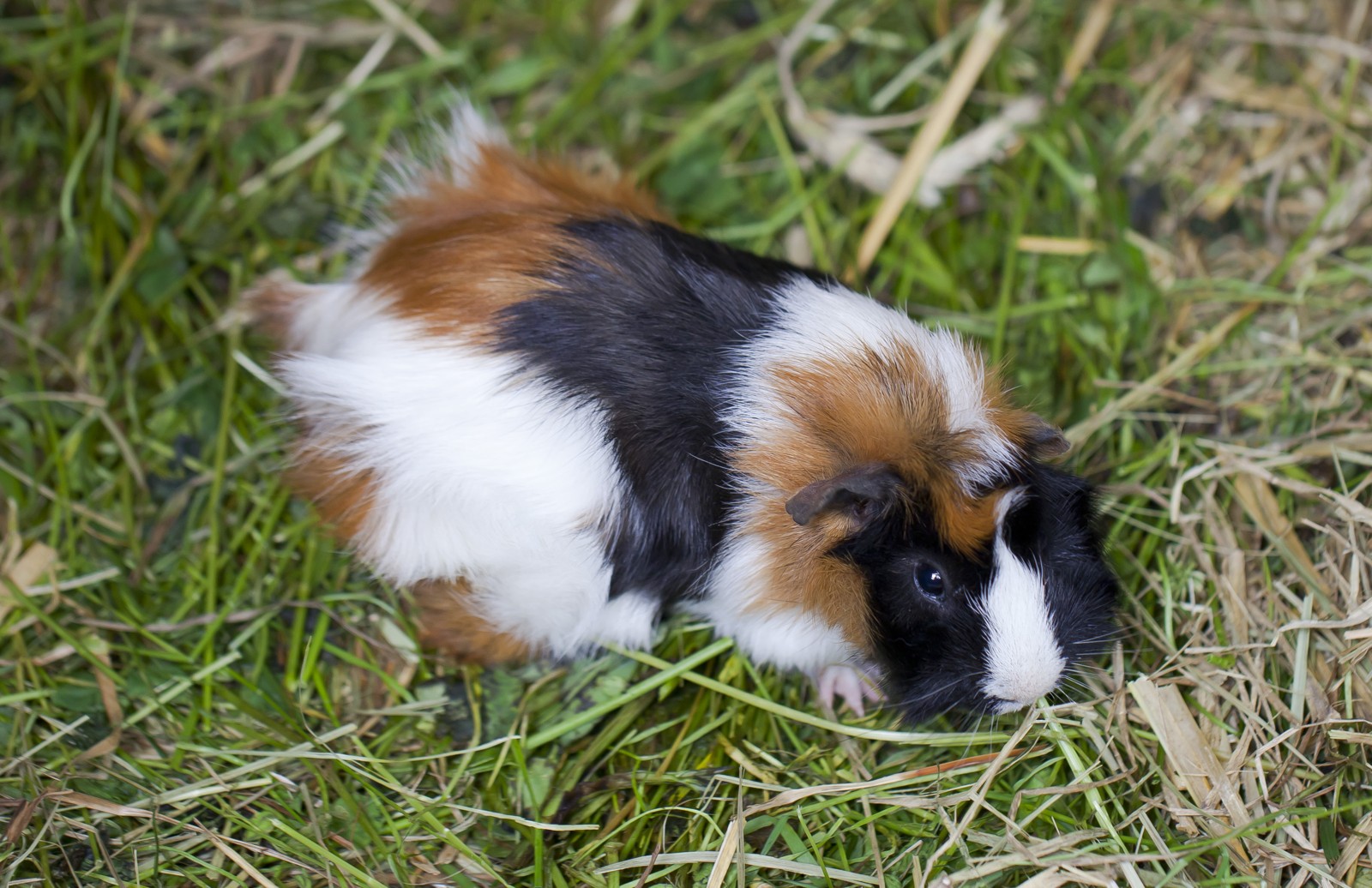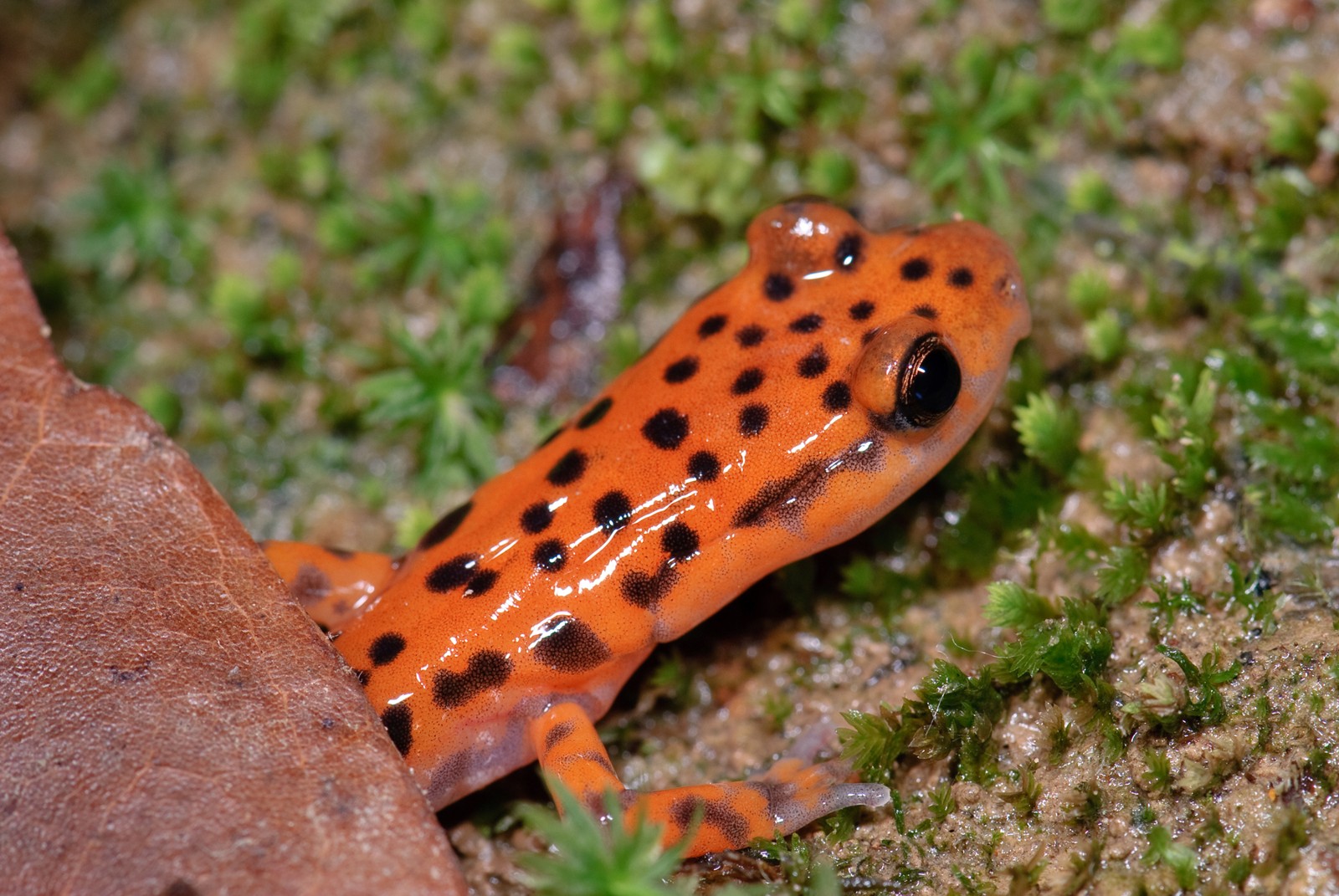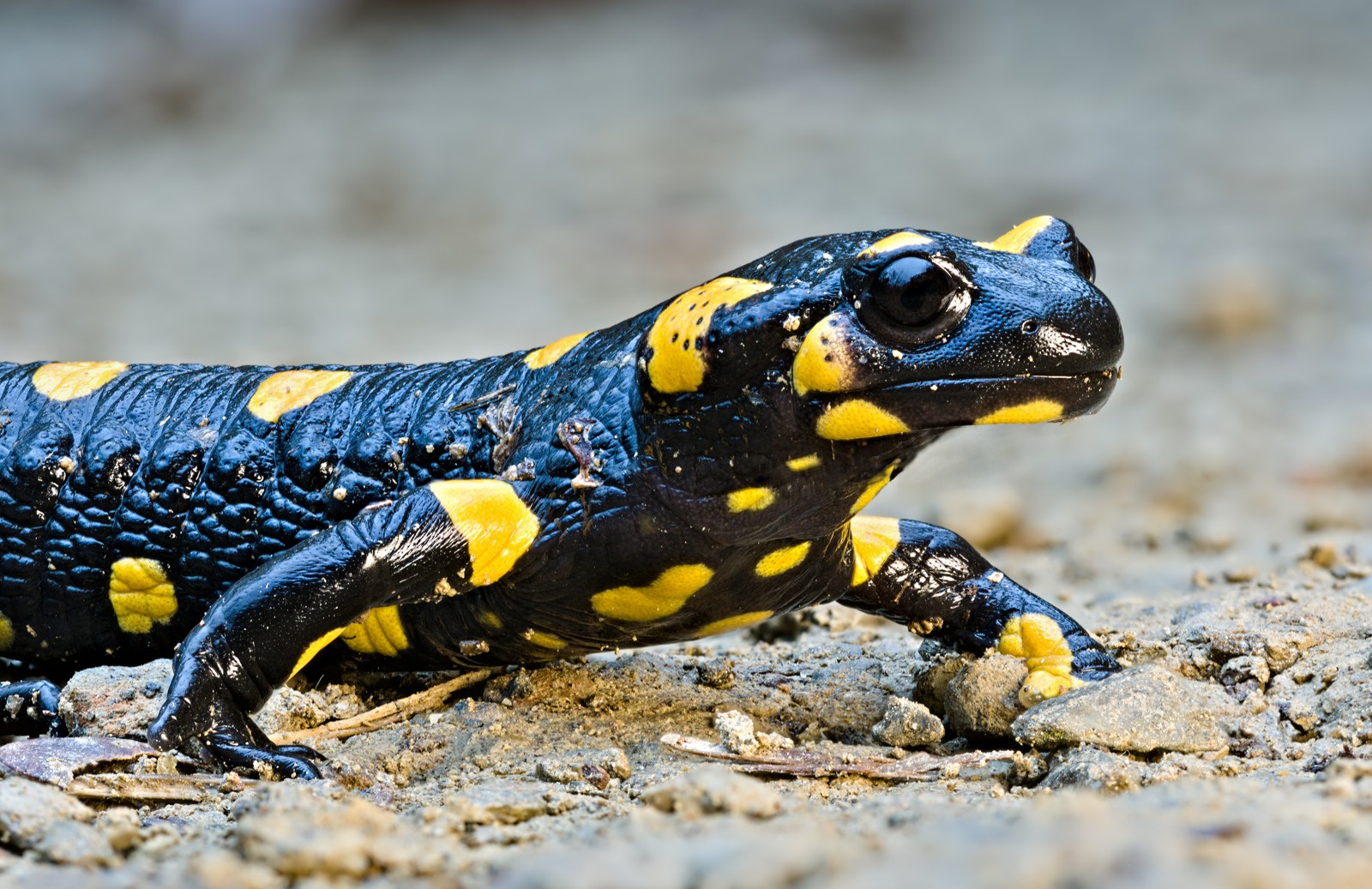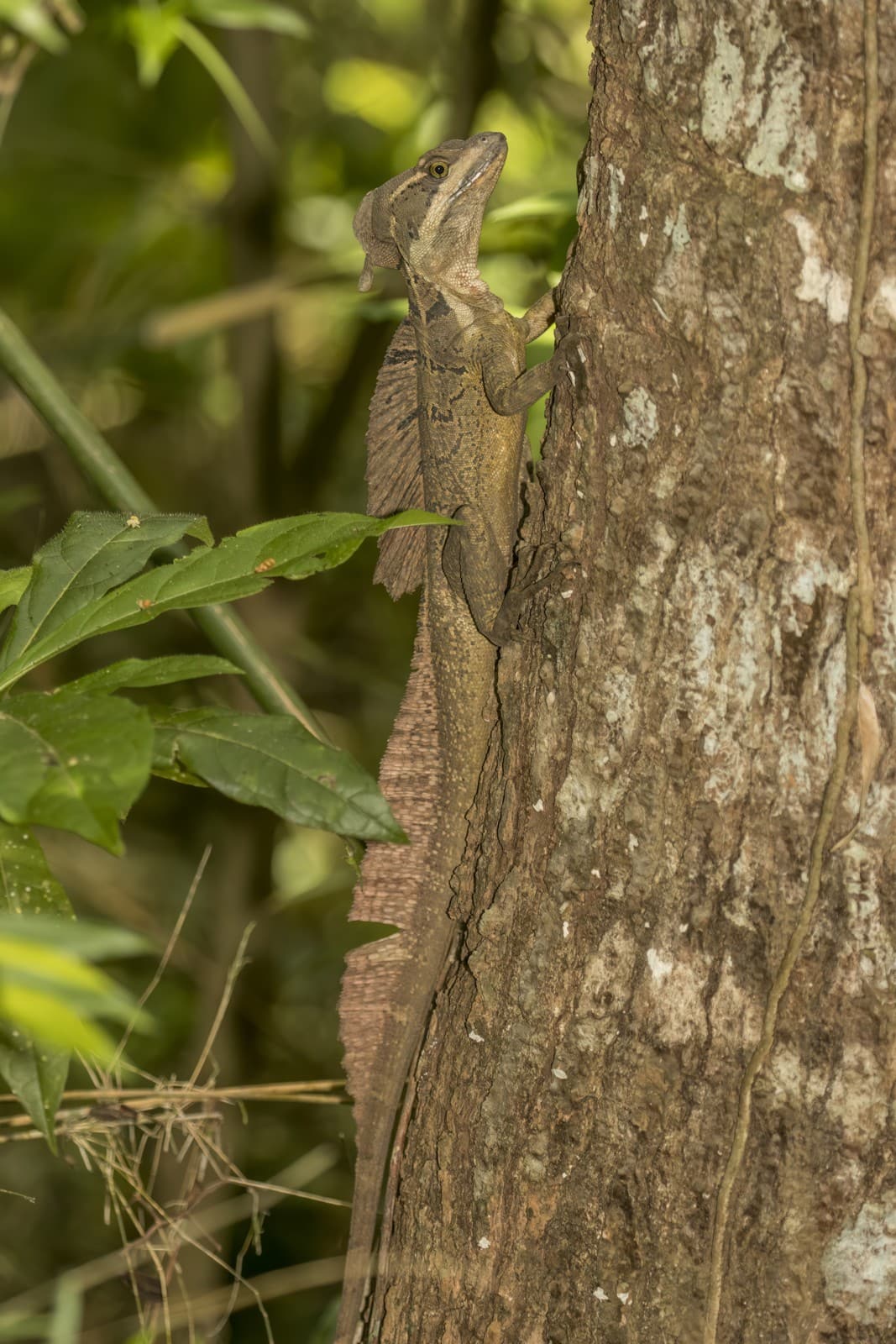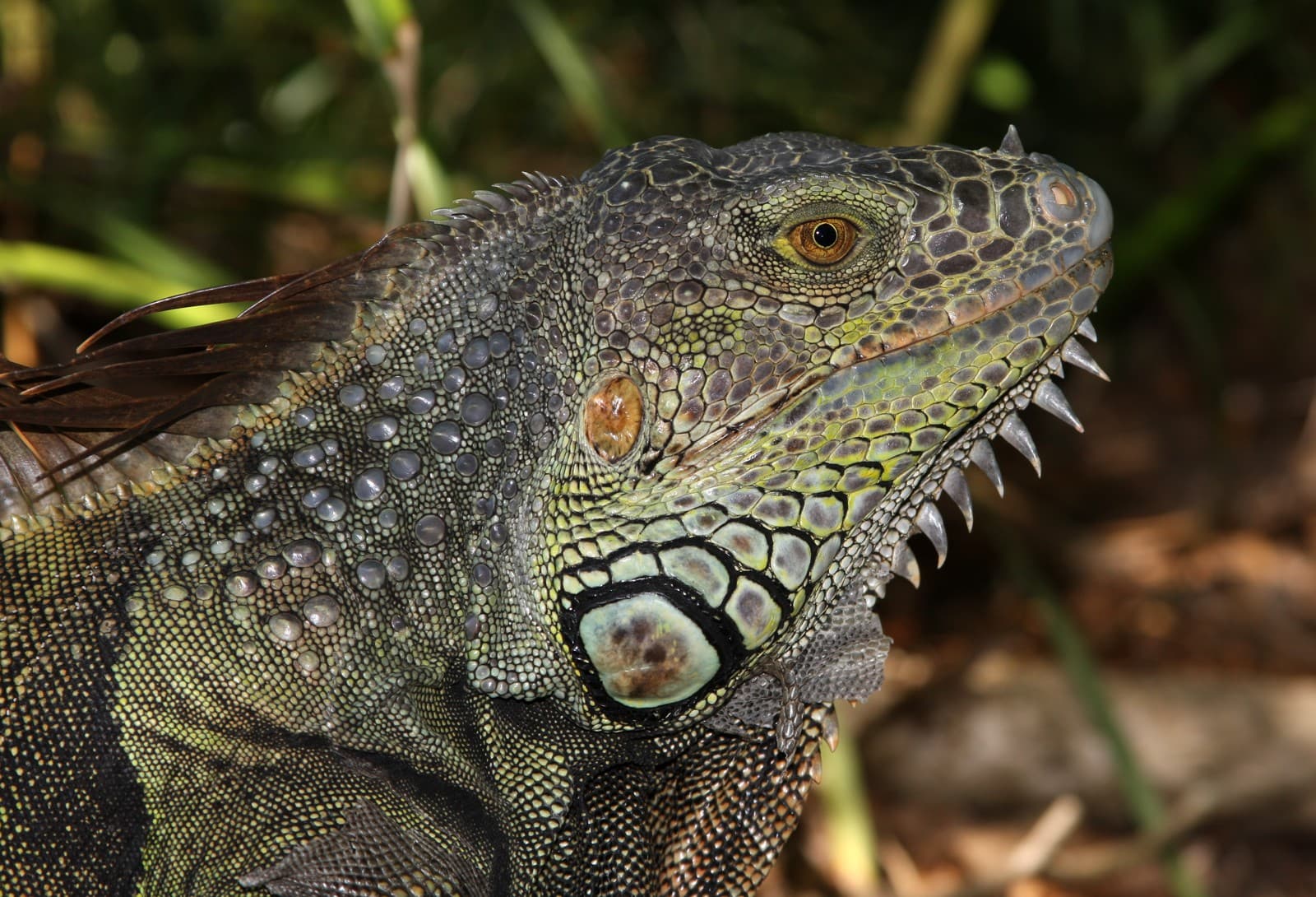Spotted Hyena vs Striped Hyena: A Complete Comparison
When comparing the Spotted Hyena vs Striped Hyena, several key differences emerge in size, behavior, and hunting strategies. Spotted Hyenas (Crocuta crocuta) are significantly larger, weighing 110-190 pounds (50-86 kg), while Striped Hyenas (Hyaena hyaena) typically weigh 57-90 pounds (26-41 kg). Beyond size, these two species exhibit distinct social structures and hunting behaviors that set them apart in the wild.
The most notable distinction lies in their social organization: Spotted Hyenas live in large clans of up to 80 individuals, while Striped Hyenas are primarily solitary or found in small family groups. This fundamental difference influences everything from their hunting strategies to their territorial behavior.
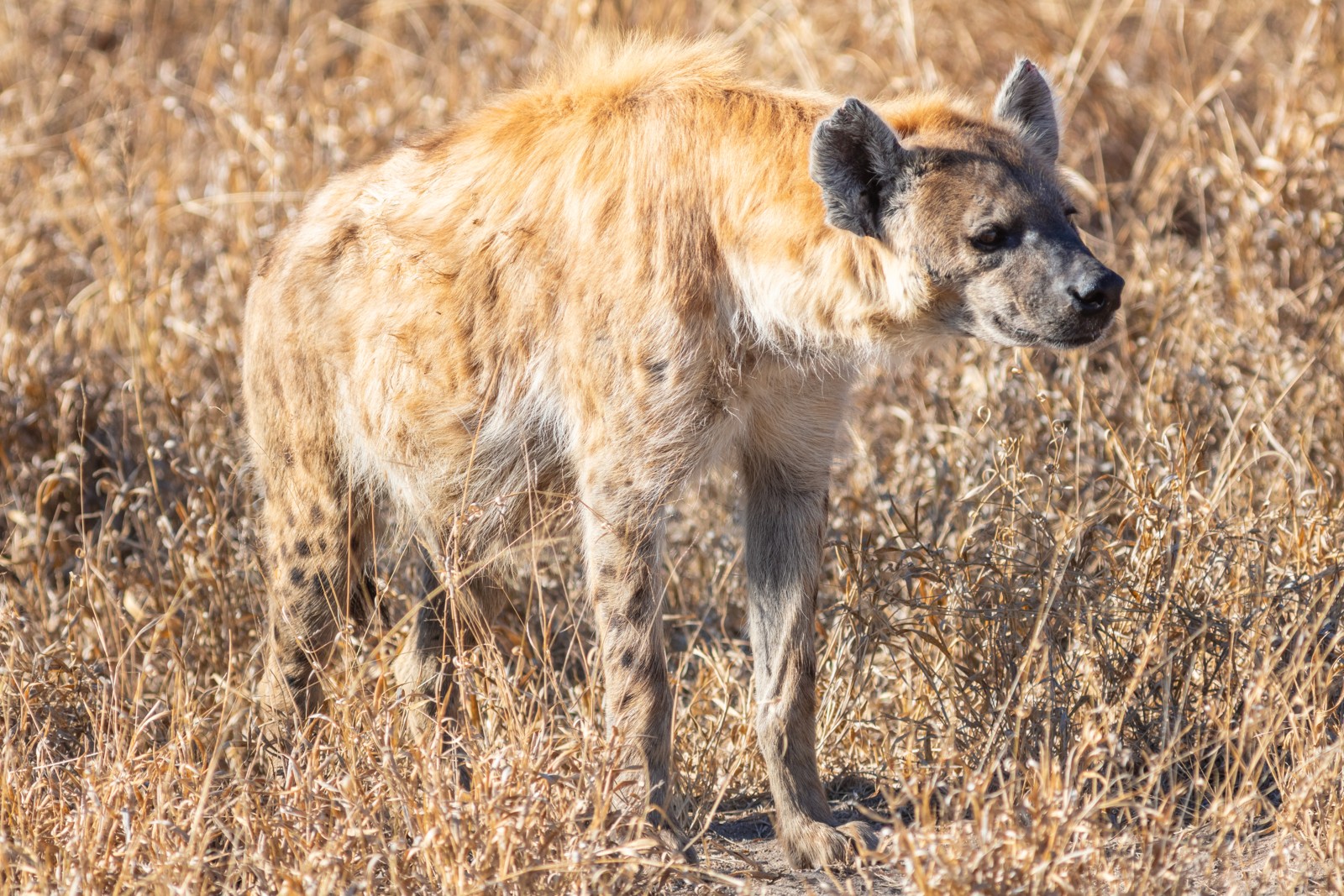
© Diego Delso / CC BY-SA 4.0
The Spotted Hyena, known for its distinctive spotted coat and powerful build, is Africa’s most successful large predator. Their robust frame and characteristic sloping back are adaptations for both hunting and scavenging, allowing them to take down prey larger than themselves and carry heavy carcass portions long distances.
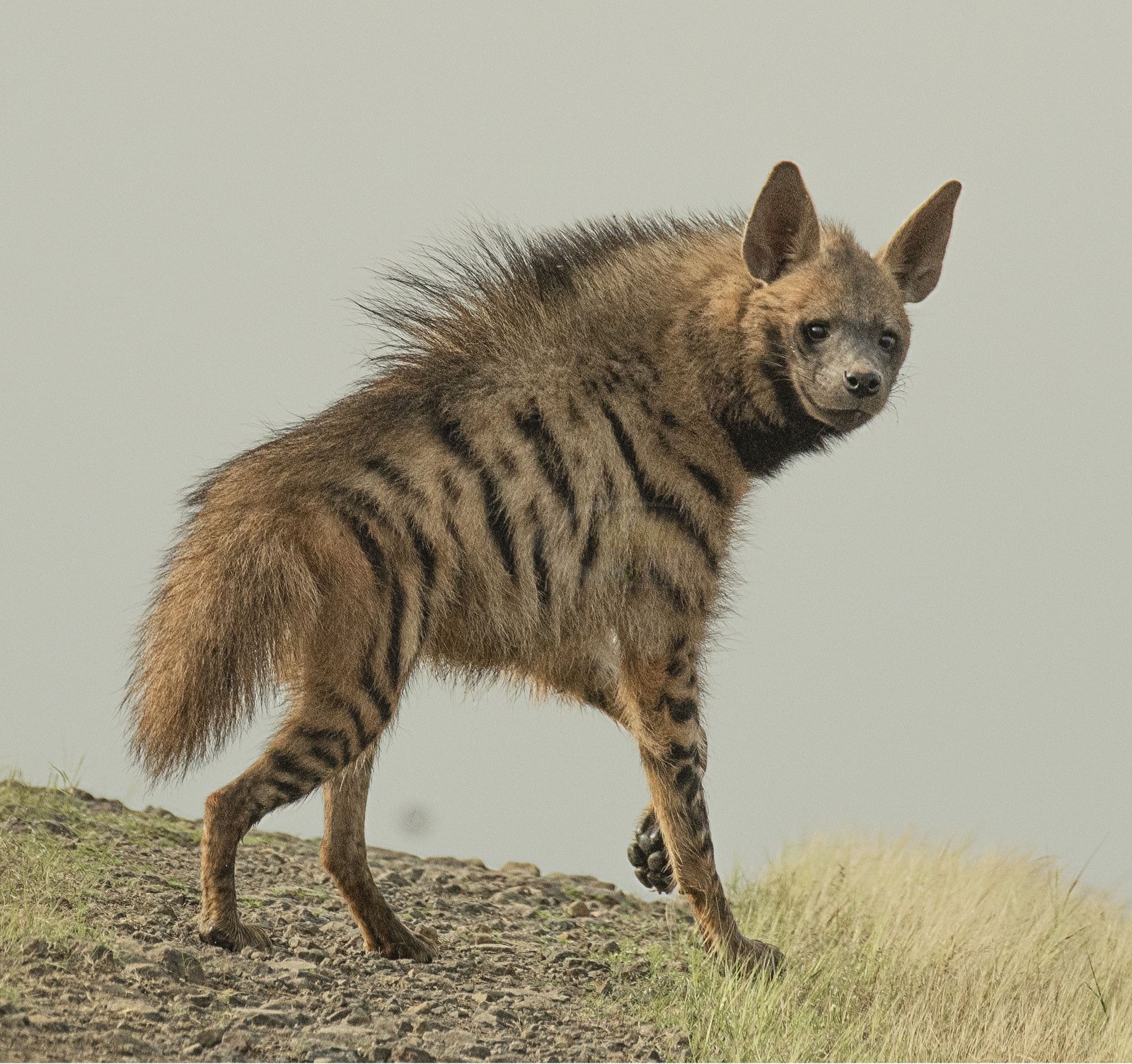
© Rushikesh Deshmukh DOP / CC BY-SA 4.0
The Striped Hyena, with its distinctive vertical stripes and prominent dorsal mane, is built for a more solitary lifestyle. Their mohawk-like mane can be erected when threatened, making them appear larger to potential threats. This adaptation reflects their more cautious nature compared to their spotted cousins.
Key Differences: Spotted Hyena vs Striped Hyena
| Feature | Spotted Hyena | Striped Hyena |
|---|---|---|
| Weight | 110-190 lbs (50-86 kg) | 57-90 lbs (26-41 kg) |
| Social Structure | Large clans (up to 80) | Solitary or small groups |
| Hunting Style | Active predator | Primarily scavenger |
| Distribution | Sub-Saharan Africa | North Africa, Middle East, India |
| Diet | 60-95% hunted prey | 80% scavenged food |
| Lifespan | 20-25 years | 15-20 years |
Habitat and Distribution
Spotted Hyenas dominate the African savannas, woodlands, and some semi-desert regions across sub-Saharan Africa. Their range is more concentrated but densely populated, with estimates suggesting around 27,000-47,000 individuals in the wild.
Striped Hyenas, however, have a broader but more fragmented distribution, stretching from North Africa through the Middle East and into India. Their population is estimated at 5,000-14,000 individuals, reflecting their more solitary nature and larger required territories.
Hunting and Feeding Behavior
Spotted Hyena Hunting Tactics
- Hunt in coordinated groups
- Take down prey as large as wildebeest
- Success rate of 25-30% on hunts
- Can consume and digest entire carcasses, including bones
Striped Hyena Feeding Habits
- Primarily scavenge rather than hunt
- Feed mainly on carrion and human refuse
- Excellent bone crushers
- More opportunistic feeders
Social Structure and Behavior
Spotted Hyenas exhibit one of the most complex social structures among carnivores. Their clans are matriarchal, with females being larger and more dominant than males. Cubs inherit their mother’s social rank, creating a stable hierarchy that can persist for generations.
Striped Hyenas, conversely, maintain loose family groups or live solitarily. They typically only gather in small groups around abundant food sources or during mating season. Their social bonds are less rigid and more temporary than those of Spotted Hyenas.
Conservation Status and Threats
Both species face similar threats from habitat loss and human conflict, but their different behaviors affect their vulnerability:
- Spotted Hyenas: Listed as Least Concern, but facing increasing habitat fragmentation
- Striped Hyenas: Near Threatened, with declining populations due to persecution and habitat loss
Understanding these differences between Spotted Hyena vs Striped Hyena is crucial for conservation efforts and appreciating the diverse roles these remarkable carnivores play in their respective ecosystems.

